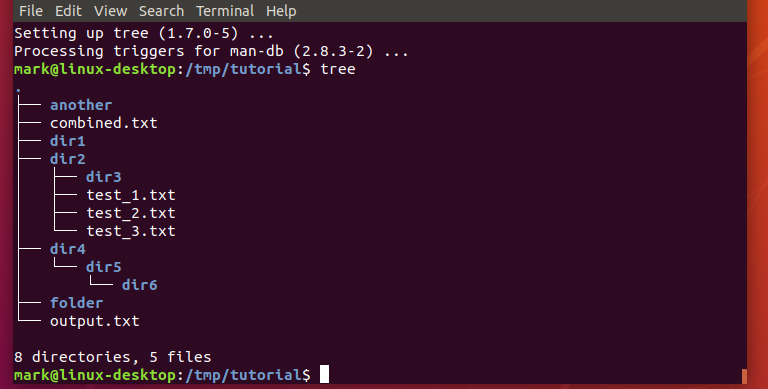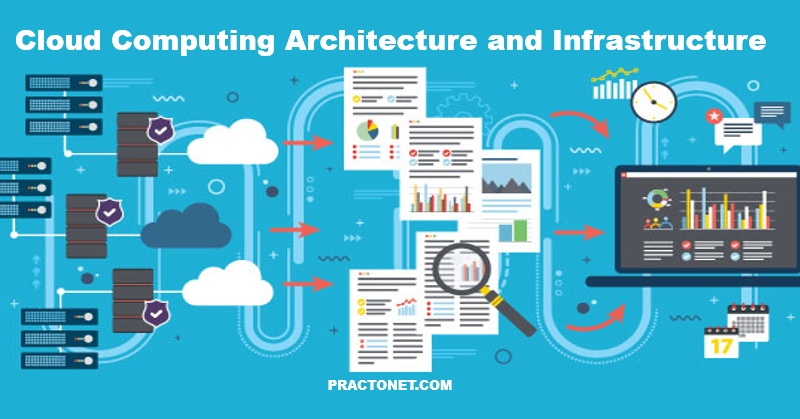Just like Windows, iOS, and Mac OS, Linux is an operating system. In fact, one of the most popular platforms on the planet, Android, is powered by the Linux operating system. An operating system is software that manages all of the hardware resources associated with your desktop or laptop. To put it simply, the operating system manages the communication between your software and your hardware. Without the operating system (OS), the software wouldnot function.
From smartphones to cars, supercomputers and home appliances, home desktops to enterprise servers, the Linux operating system is everywhere. Linux has been around since the mid-1990s and has since reached a user-base that spans the globe. Linux is actually everywhere: It’s in your phones, your thermostats, in your cars, refrigerators, Roku devices, and televisions. It also runs most of the Internet, all of the world’s top 500 supercomputers, and the world’s stock exchanges. But besides being the platform of choice to run desktops, servers, and embedded systems across the globe, Linux is one of the most reliable, secure and worry-free operating systems available.
Who can use Linux?
You may have heard of Linux and thought that only technologically advanced individuals are using it for programming, developing, or maybe even hacking! Although it is true that many techies use Linux, that doesn’t mean Linux is too difficult to learn or isn’t useful for beginners. In fact, understanding Linux, especially the Linux command line interface, will help you understand computing better while giving you basic computing skills that you can use in a future career.
To understand why Linux skills are unique, let’s examine the graphical user interface (GUI). This is the interface that you are probably using on your smartphone, tablet or computer today. A GUI displays icons and images that you can select to tell your device what you want to do or use. Behind the GUI, is a code that a programmer developed. When you click on an icon or folder in a GUI, it sends a command to the code telling the system what to do.

Linux desktops use a GUI but it also has a more efficient tool for carrying out the same actions as a GUI, the command-line interface (CLI).

The Linux command-line is a text-based interface that accepts commands that you type into it. These commands cause an action to be executed onto the computer system’s operating system. Of course, windows and icons are easy to use, however, the command-line is often the hero when it comes to system administration and troubleshooting as it gives a clear picture of what the system is doing at any given moment.
All this considered, why is learning Linux a good start for someone considering a career in IT? As previously stated, the use of Linux is widespread and is continuing to grow in all areas of technology. What do companies and organizations like NASA, McDonald’s, New York Stock Exchange (NYSE), DreamWorks Animation, and the US Department of Defense all have in common? Yes, you guessed correctly, they all use Linux. These companies have something else in common in that they recognize that investing in technology is important in a world that is anxious to adopt new technology to innovate and solve problems. The proliferation of tech in almost every aspect of life has solved many problems but has also created some new challenges. For example, now that almost everything can be done online, we are creating digital data at a rapid rate, which is creating a demand for that data. Technical skills to analyze, process, protect, and transmit data are therefore also in high demand. Learning Linux can help you on the journey towards acquiring these skills. The following are examples of a few IT professions that require knowledge of Linux skills:
Network Engineering – Network engineers are responsible for managing the network computers use to transmit data. Knowledge of Linux is critical for network engineers since more than half of the world’s servers are Linux-based. Most network operating systems are based on a variation of Linux.
Cybersecurity – Cybersecurity professionals monitor and investigate security threats to data on systems. Linux is used in cybersecurity to carry out system penetration testing and assess the vulnerability of a system.
Developing/Programming – Developers and programmers design computer applications. The Linux command-line allows developers and programmers to script; a function that allows a user to put commands together to execute complex actions on a computer. Linux is also used in this field because only Linux allows users to access its source code, giving users the ability to experiment with the code and learn by doing.
Data Analysis – Data analysts and scientists sort and analyze data sets to find patterns in order to report and predict trends and behavior. Data analysts use Linux due to the wide array of tools and commands available for data analysis, such as MySQL and more.
Linux operating systems come in many forms. There is a variety of distributions available to fit the needs and demands of many IT sectors. For example, cybersecurity professionals may use Linux Kali, developers may use Linux Ubuntu, regular users may use Linux Mint, and enterprise servers can run on Red Hat Enterprise Linux. A few other great reasons to use and learn Linux are that, in many cases, it is free, easy to install, open source, and there is an active Linux community available for support. This allows beginners who want to start growing their IT skills to start using Linux easily.





